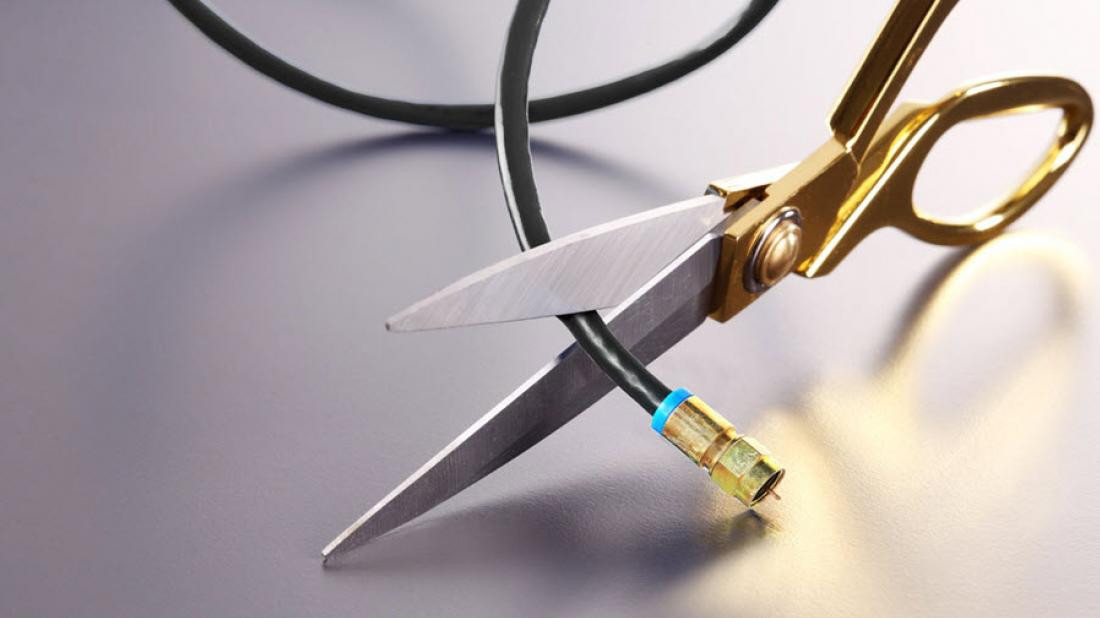Slowing 3-D sales don’t deter television manufacturers
Leading 3-D manufacturers like Sony, Panasonic and Samsung do not seem worried that a lack of enthusiasm for 3-D by North American audiences could cause lasting damage to sales. All three have introduced expensive new, high-end 3-D viewing technology for the home.
Both Sony and Panasonic have introduced new projectors. Sony’s VPL-HW30ES incorporates the latest lamp technology, dynamic lamp control system and a brightness level three times greater than the company’s first 3-D home projector, the VPL-VW90ES.
The VPL-HW30ES is equipped with Sony’s High Frame Rate 1920 x 1089 SXRD chip. This helps to reproduce sharp and smooth motion, and reduces the motion blur for a crisper image (Motionflow) and delivers a dynamic contrast ratio of 70,000:1 and brightness of 1,300lm. No complex lens switching between 2-D and 3-D is needed.
Panasonic has announced the development of a 3-D Full HD home theatre projector. In the earlier PT-AE4000E model, the company used 2.35:1 extra wide aspect cinemascope viewing with its Lens Memory Feature. Now it expands the viewing experience to 3-D, bringing a new level of large screen viewing experiences to the home.
The new 3-D home theatre projector was developed in collaboration with Panasonic AVC Networks’ Emotive Technology Development Centre and Panasonic Hollywood Laboratory engineers, who have taken key roles in meeting industry standards for 3-D.
Samsung boosted the resolution of its 3-D monitors. The company introduced a 4000 x 2000 pixel resolution 3-D television set (so-called 4k-by-2k). The number of typical pixels was multiplied by a factor of 100,000.
That was done by shrinking pixels and using better transistors. In most cases, manufacturers can’t miniaturize pixels because the current silicon transistors can’t conduct electrons fast enough to work with smaller parts. Samsung, however, has metal oxide transistors, which can and do very well at conducting electrons quickly.
The professional video industry's #1 source for news, trends and product and tech information. Sign up below.
In addition, the implementation of the metal oxide backplanes is inexpensive and is one of the few mixes — IGZO: indium, gallium, and zinc — that work with current technology.
Current HDTV video comes in 1920 x 1080 or 1280 x 720-pixel resolutions, depending on whether it’s 720p or 1080i/1080p. A 1080p television set has a bit over 2 million pixels, so 4k-by-2k would a major leap in performance.
